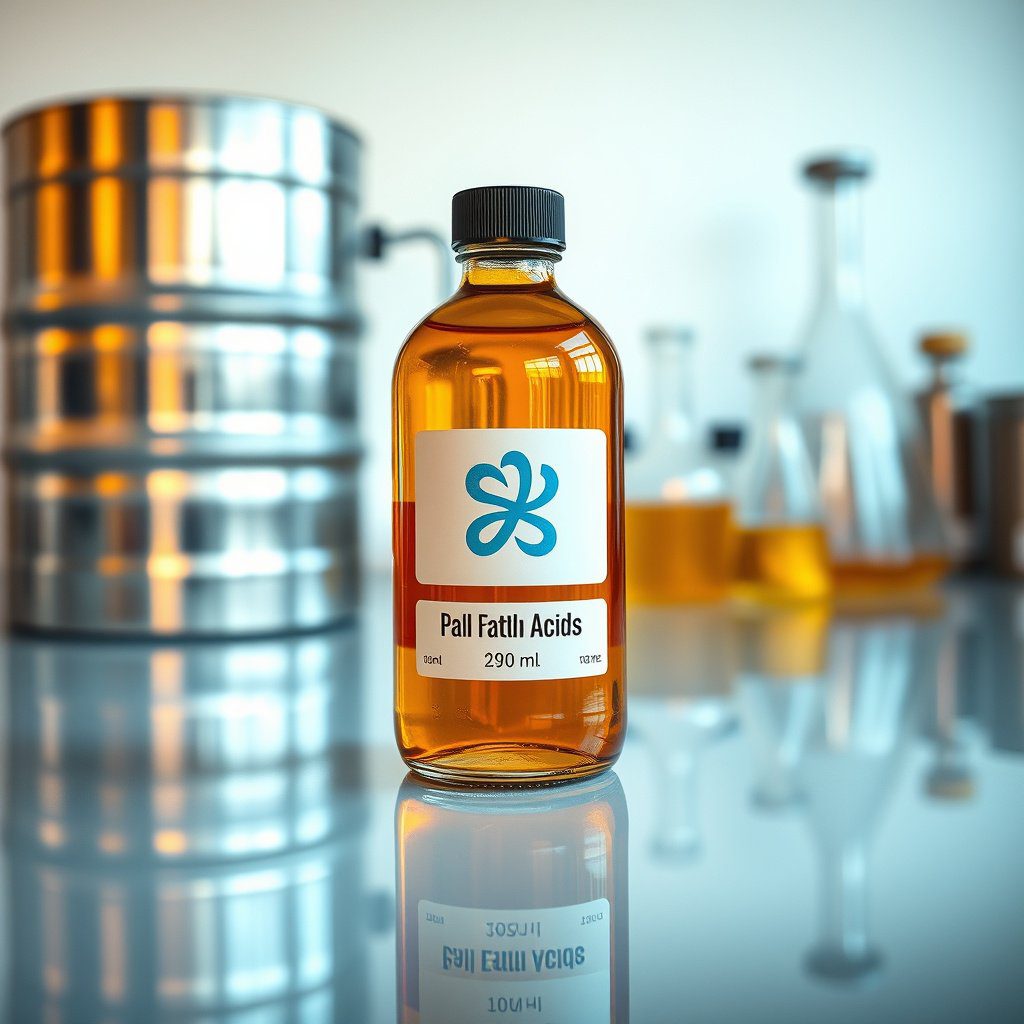Definition of Soy Lecithin
Soy lecithin is a natural emulsifier derived from soybeans, widely used in the food industry for its ability to blend ingredients together. It is rich in phospholipids, which are essential for cell membrane integrity and play a crucial role in various biological functions.
Characteristics of Soy Lecithin
One of the primary characteristics of soy lecithin is its emulsifying properties. It helps to stabilize mixtures of oil and water, making it an essential ingredient in products such as salad dressings, margarine, and baked goods. Additionally, soy lecithin is known for its ability to improve texture and mouthfeel in food products.
Types of Soy Lecithin
There are two main types of soy lecithin available in the market: GMO and GMO-free. GMO soy lecithin is derived from genetically modified soybeans, while GMO-free soy lecithin is sourced from non-GMO soybeans. Both types maintain food-grade quality, catering to different consumer preferences and dietary restrictions.
Health Benefits of Soy Lecithin
Soy lecithin is often praised for its potential health benefits. It contains choline, an essential nutrient that supports brain health and cognitive function. Regular consumption of soy lecithin may also aid in cholesterol management by promoting healthy lipid profiles in the body.
Applications in Food Industry
In the food industry, soy lecithin is used in a variety of applications, including confectionery, dairy products, and baked goods. Its emulsifying properties enhance the stability and shelf life of products, making it a popular choice among food manufacturers looking for reliable ingredient solutions.
Functionality in Baking
In baking, soy lecithin serves multiple functions, such as improving dough handling and extending freshness. It helps to retain moisture in baked products, resulting in a softer texture and prolonged shelf life. This characteristic makes it an invaluable ingredient for commercial bakers aiming for high-quality results.
Non-Food Applications
Beyond the food industry, soy lecithin is also used in various non-food applications, including cosmetics and pharmaceuticals. Its emulsifying and stabilizing properties make it a favored ingredient in creams, lotions, and dietary supplements, where it helps to maintain product consistency and efficacy.
Quality Standards
Quality is paramount when sourcing soy lecithin. Suppliers like Diplomata ensure that their products meet stringent food-grade quality standards, guaranteeing safety and compliance for consumers. Both GMO and GMO-free soy lecithin undergo rigorous testing to ensure they are devoid of harmful contaminants.
Storage and Shelf Life
Proper storage of soy lecithin is essential to maintain its quality and effectiveness. It should be stored in a cool, dry place away from direct sunlight. When stored correctly, soy lecithin has a shelf life of up to two years, making it a reliable ingredient for manufacturers looking to maintain product integrity over time.
Conclusion
In summary, soy lecithin is a versatile ingredient with numerous applications in the food and non-food industries. Its emulsifying properties, coupled with its health benefits and quality standards, make it a top choice for manufacturers seeking high-quality ingredients. Diplomata stands out as a trusted supplier of both GMO and GMO-free soy lecithin, ensuring consistency and excellence in every delivery.


